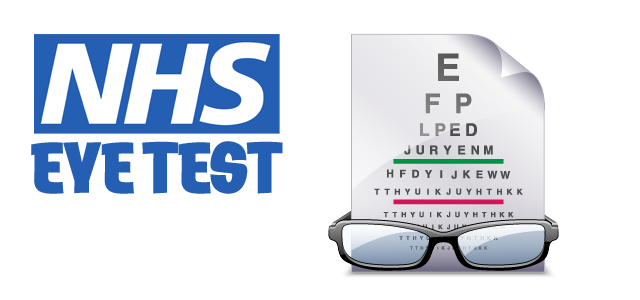![]()
Jack Brown Eyecare, Edinburgh Opticians.
Email: info@jbeyecare.com
Jack Brown Eyecare Branches
30 Elder Street, Edinburgh EH1 3DX
Tel: 0131 557 3531
Open in Google Maps
Westside Plaza, Edinburgh EH14 2SW
Tel: 0131 442 2333
Open in Google Maps

What is iritis?
Iritis is the inflammation of the iris, the coloured portion of the eye. It has been known cause extreme pain, light sensitivity and sight loss, which is often the result of a disease in another part of the body. Most cases of iritis are recurring, in what are small attacks. Once treated the attack will usually respond to various medications. However, the condition may become sight threatening when left untreated. Medication for iritis varies, treatment that works for one will not always work with another.
What is the iris?
The iris is a circular muscle near the front of the eye. Besides giving colour to the eye, the iris controls the amount of light that enters the eye through the pupil. The iris is located behind the cornea (the clear protective layer of the eye) and just in front of the focusing lens. To see clearly, the proper amount of light must enter the eye. Just as the shutter controls the amount of light that enters a camera, the iris regulates the amount of light that enters the eye. The iris contains two muscles that control the size of the pupil opening. When too much light is present, the muscles cause the pupil to become smaller to reduce excessive light and glare. In dim light or at night, the muscles make the pupil larger to increase the amount of light entering the eye.
Sight loss can be prevented
Since iritis is an inflammation inside the eye, the condition is potentially sight threatening. Proper diagnosis and prompt treatment of iritis are essential. To minimise any loss of vision, the patient should have a complete eye examination as soon as symptoms occur. If diagnosed in the early stages, iritis can usually be controlled with the use of eye drops before vision loss occurs. If you are experiencing the symptoms of iritis or have other vision problems, you should obtain a complete eye examination.
What causes iritis?
In many cases, iritis is related to a disease or infection in another part of the body. Diseases such as arthritis, tuberculosis, or syphilis can contribute to the development of iritis. Infection of some parts of the body (tonsils, sinus, kidney, gallbladder and teeth) can also cause inflammation of the iris. In other cases, iritis may follow injury to the eye or accompany an ulcer or foreign body on the cornea. Often, the exact cause of the disorder remains unknown.
What are the symptoms of iritis?
The symptoms of iritis usually appear suddenly and develop rapidly over a few hours or days. Iritis commonly causes pain, tearing, light sensitivity and blurred vision. A red eye often occurs as a result of iritis. Some patients may experience floaters, small specks or dots moving in the field of vision. In addition, the pupil may become smaller in the eye affected by iritis.
How is iritis diagnosed?
A careful eye exam is extremely important when the symptoms of iritis occur, as inflammation inside the eye can affect sight and could lead to blindness. A slit lamp, which illuminates and magnifies the structures of the eye, is commonly used to detect any signs of inflammation. A diagnosis is often made on the basis of an eye examination. Since iritis can be associated with another disease, an evaluation of the patients overall health is sometimes necessary for proper diagnosis and treatment. In some cases, blood tests, skin tests, and x-rays may be conducted and other specialists may be consulted to determine the cause of the inflammation.
How is iritis treated?
Treatment of iritis is often directed at finding and removing the cause of the inflammation. In addition, eye drops and ointments are used to relieve pain, quiet the inflammation, dilate the pupil, and reduce any scarring which may occur. Both steroids and antibiotics may be used. The application of hot packs may also provide relief from the symptoms of iritis. In severe cases, oral medications and injections may be necessary to treat the condition. A case of iritis usually lasts 6 to 8 weeks. During this time, the patient must be observed carefully to monitor potential side effects from medications and any complications which may occur. Cataracts, glaucoma, corneal changes, and secondary inflammation of the retina may occur as a result of iritis and the medications used to treat the disorder.
text size >












